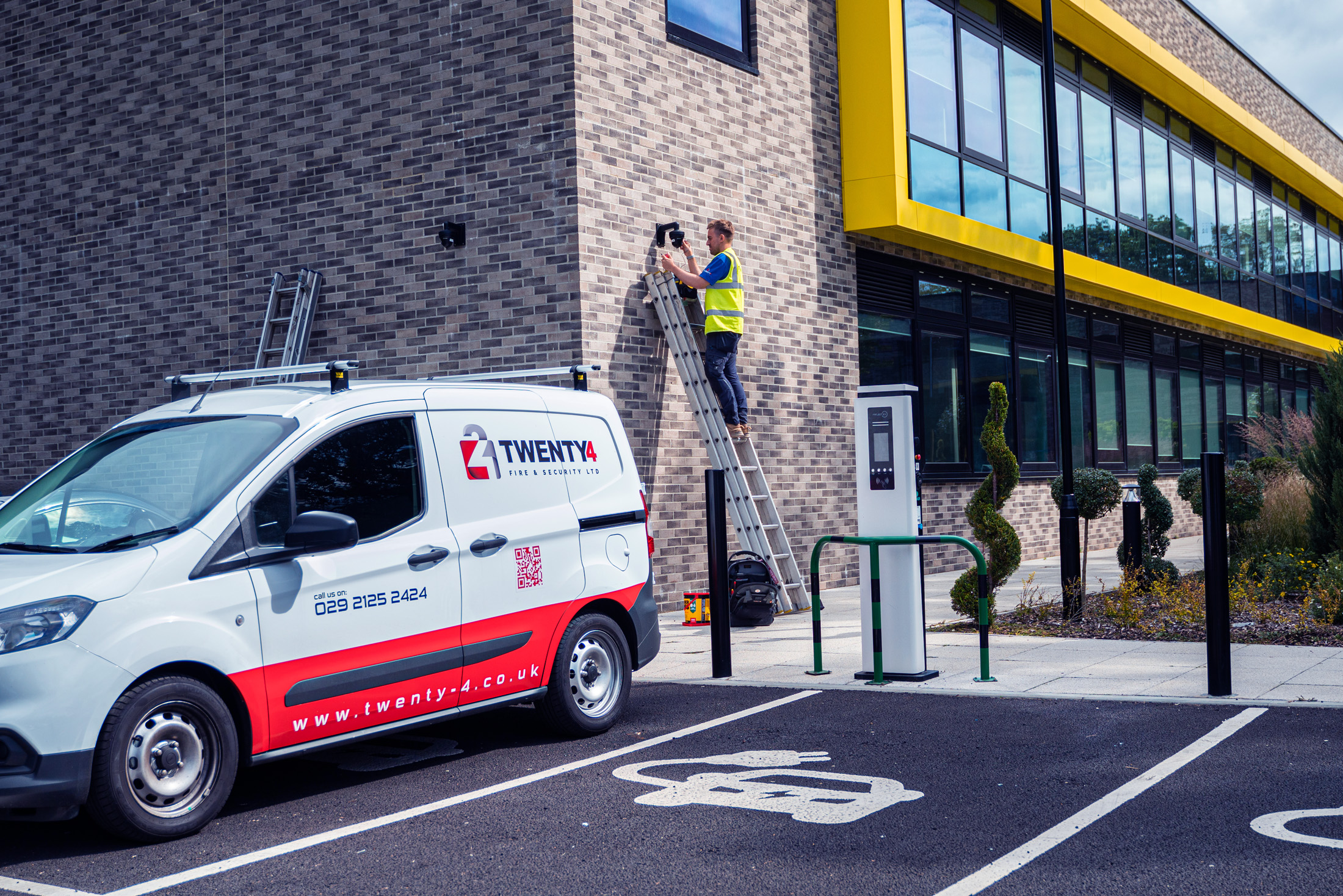When managing a business’ fire safety procedures and equipment there are many things that the ‘Responsible Person’ will need to remember. However, nothing is arguably more important than ensuring you have a Fire Safety Log Book on site that is up-to-date and accessible to those that need it.
Fire Safety Log Book explained…
A Fire Safety Log Book is a document/book that all businesses need to have on the premises at all times; essentially being your fire safety bible that helps you as a business to remain compliant and stay on top of your fire safety requirements, practices and devices. This document is used by your business and needs to be available to any Fire Safety Officer who inspects your business premises. This is a legal obligation under the Regulatory Reform (Fire Safety) Order 2005.
What needs to be recorded in a Fire Safety Log Book?
A Fire Safety Log Book needs to provide a holistic overview of your company’s fire safety items, procedures, instructions and maintenance schedules, recording regular checks, findings and actions in one place. These specifically include evidence that:
- Fire escape routes are clear, easily identified and communicated to staff
- All fire alarm systems are in working order and regularly maintained
- Emergency lighting is intact and functional
- Fire doors are of the right standard and open correctly
- Any works and alterations made to equipment is recorded
- Staff are trained on fire safety systems and regular fire drills are conducted
- Fire exit signs are clear and positioned around the building in the correct places
Below, we provide some tips on what pages and information to log in your business’ Fire Safety Log Book.
- Contact details: Having a page dedicated to relevant contact details is advised. This includes any staff members within the business responsible for fire safety as well as equipment suppliers, external fire safety companies, local fire and rescue organisations and the emergency services.
- Fire safety legislation: Information about fire safety legislation and the responsibilities of the business is worth including, clearly outlining the responsibilities of the ‘Responsible Person’ and the rest of the team. These include coordinating training, drills, installation and maintenance of devices, arranging/completing fire risk assessments and much more.
- Guide to completing records: The log book is for the purpose of logging details about the business’ fire safety equipment and procedures. Therefore, featuring advice on how to complete record entries will be beneficial, setting out the details required for a successful entry. This includes actions on what to do if an issue is uncovered. A record entry should include the date on which the job took place, who conducted the checks, any comments about the checks as well as a signature from the responsible person or other relevant party.
- Means of escape: On this page, it is worth providing information on fire exits and escape routes, outlining relevant information on stairs, doorways, fire doors, fire door retainers etc. Here, tips on how to ensure these routes are not obstructed should also be provided.
- Location of devices: Having a section that logs all fire safety equipment is useful, allowing anyone who reads the log book to quickly identify what equipment is within the building, where it is located, the brands used, manufacturers details and so on.
- Fire drill schedule: According to the law, businesses need to carry out one fire drill per year and record the results. Having a section of the log book that records these drills will help you as a business stay on top of this duty.
- Record of fire alarm tests: This section can be used to itemise the various tests that need to be conducted on your business’ fire alarm system. These include the general daily and weekly checks conducted on the system to check detector heads, sounders and call points as well as full annual maintenance audits required by law. There should be a table in this section where a record of checks can be kept and monitored.
- Record of emergency lighting tests: The same applies for emergency lighting systems which play an essential role in keeping the business’ occupants, visitors and equipment safe. Emergency lighting requires regular testing, ensuring all luminaries are in place, working and clean. The Regulatory Reform (Fire Safety) Order 2005’ stipulates that monthly ‘flick tests’ should be conducted. This includes turning the lights on and off to ensure they work correctly. These monthly tests are bolstered by a full annual audit which leaves the lights on for a longer period, monitoring each light over that period to make sure they all work in accordance with British Standards.
- Record of fire doors tests: Fire doors are designed to stop the travel of smoke and fire in the event of a blaze, making their upkeep a priority that no business should ever overlook. According to Article 17 of the Fire Safety Order, 6-monthly inspections are required for fire doors. These tests involve checking hinges, seals, handles, glazing and many other components. These are in addition to weekly and monthly tests of the doors’ general functionality. Keeping a record of these checks is essential to ensure the checks are conducted on time and to inform the Fire Officer should he/she turn up and require evidence of checks being conducted.
- Record of fire extinguisher inspections and tests: Did you know that you should carry out visual checks of your fire extinguishers each week? This is to validate that all extinguishers are in the right place, with all necessary parts and information intact. Pressure checks should be conducted as often as possible too! On an annual basis, a full fire extinguisher service needs to be completed and logged in this section of the Fire Safety Log Book.
- Record of fire risk assessments: A fire risk assessment is required to be conducted on a business premises every 12 months by law. A professional fire risk assessment is an assessment used to gauge fire risks and offer recommendations to make the building safer. Neglecting these responsibilities can result in huge fines and extreme cases, imprisonment.
Looking for a fire safety company?
Here at Twenty4 Fire and Security, we can help with all of your business’ fire safety needs. From conducting fire risk assessments on your behalf to emergency lighting maintenance and alarm commissioning; the list is endless.
For an informal chat, contact our friendly team today.





